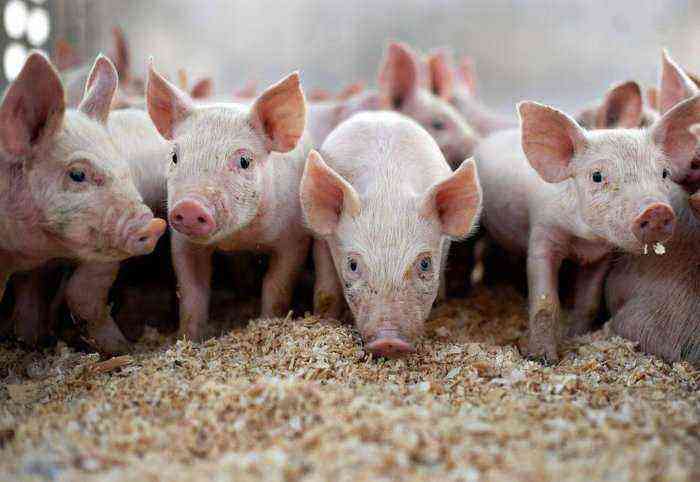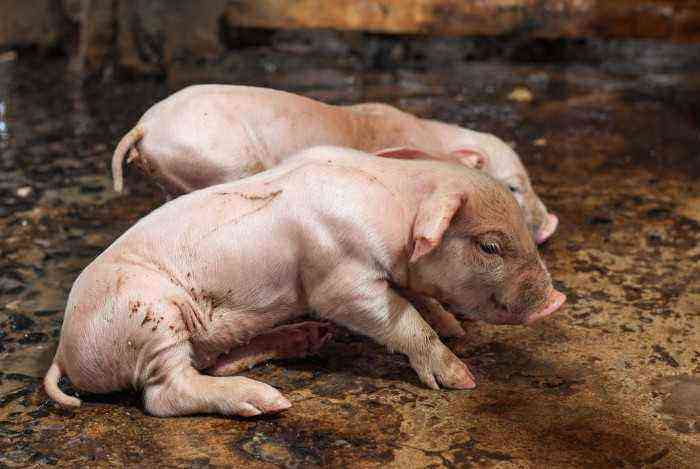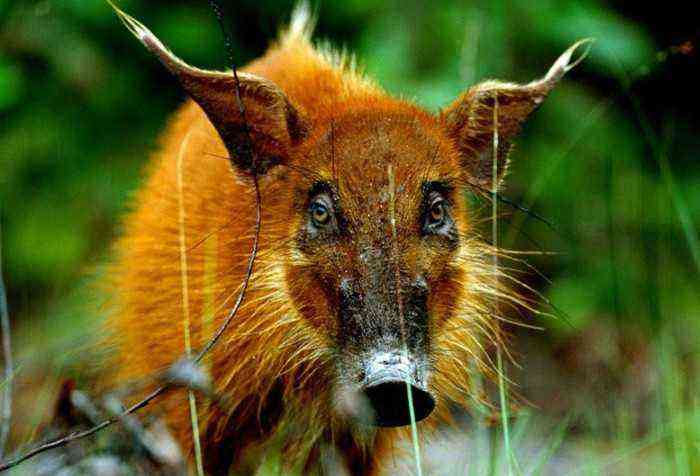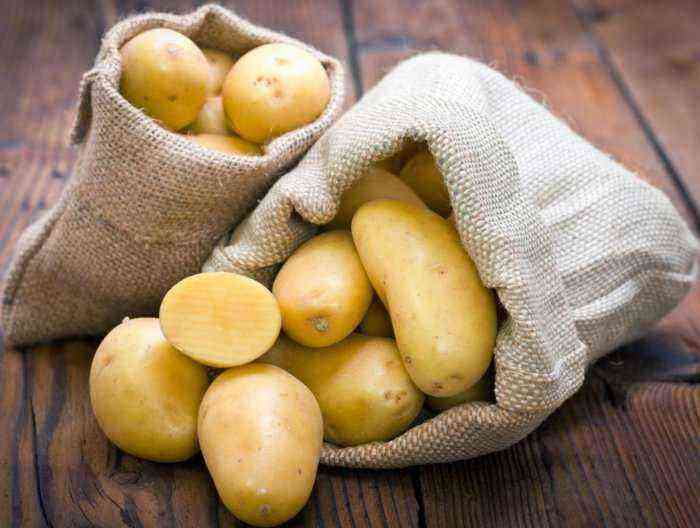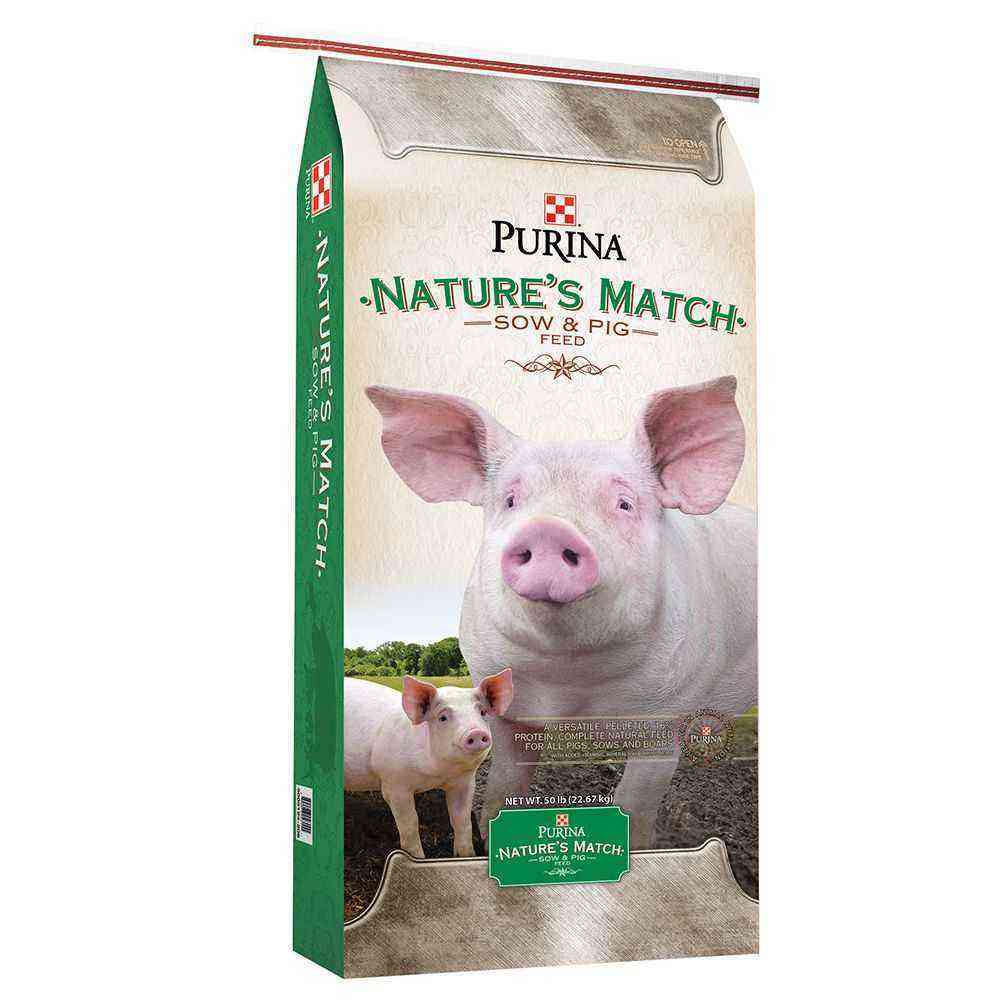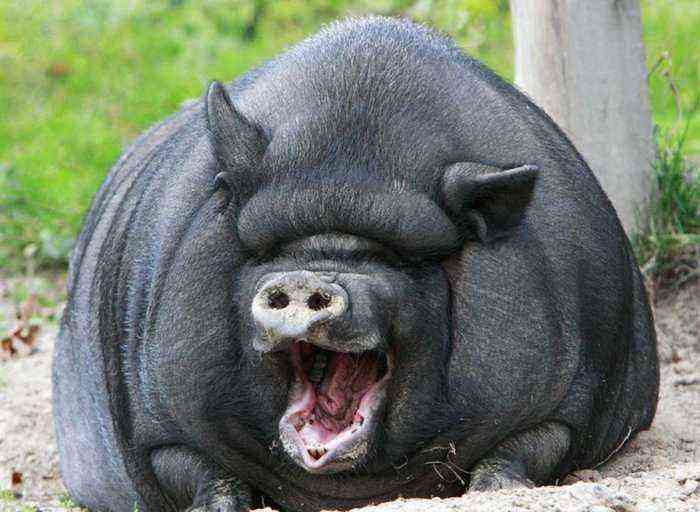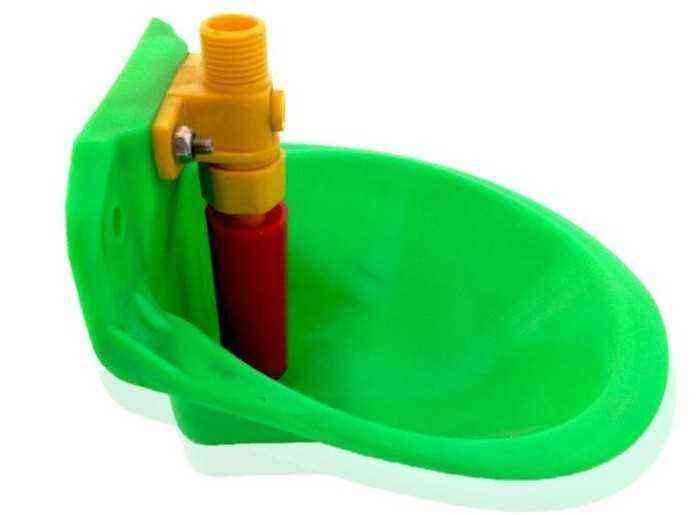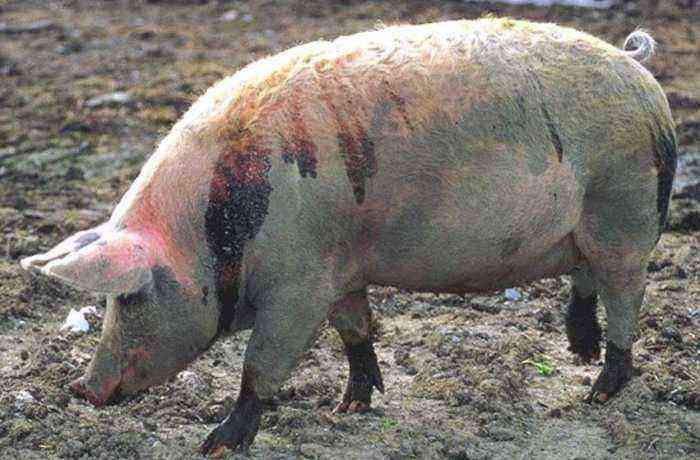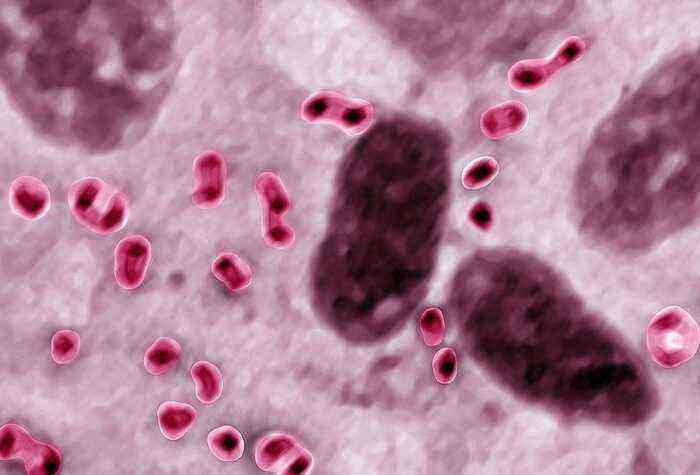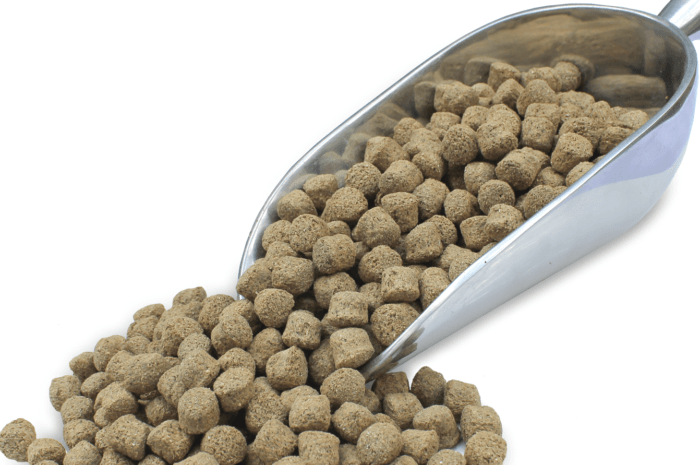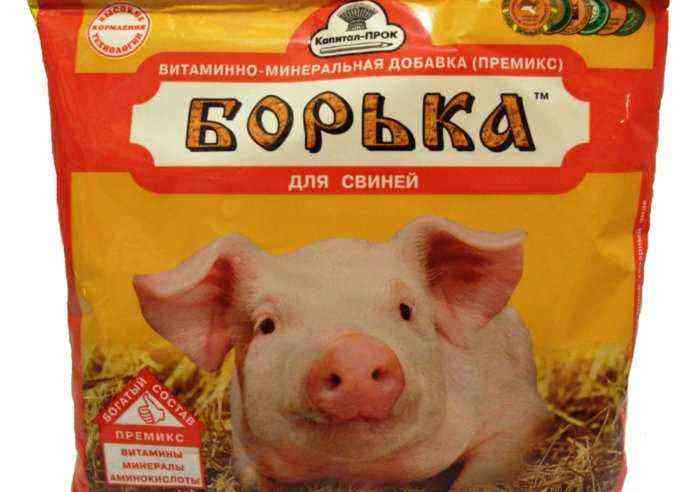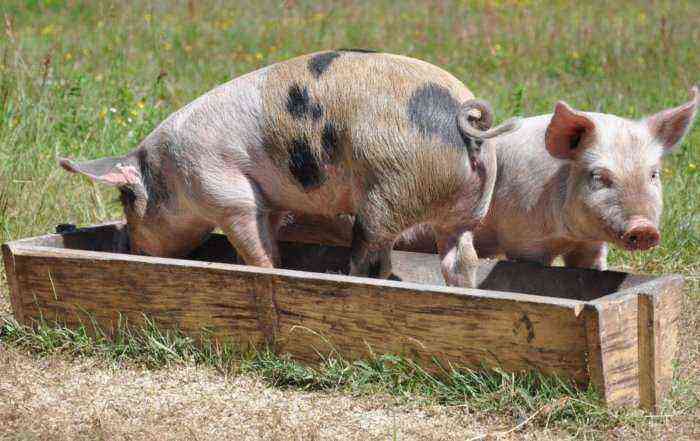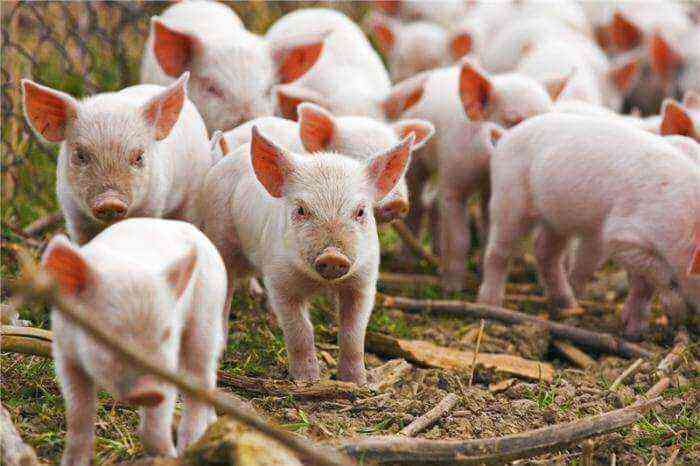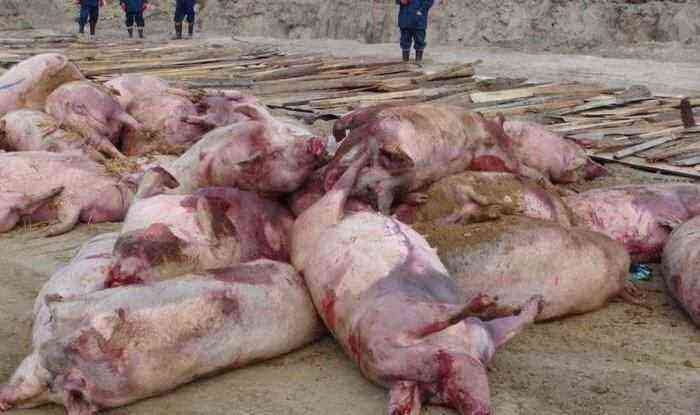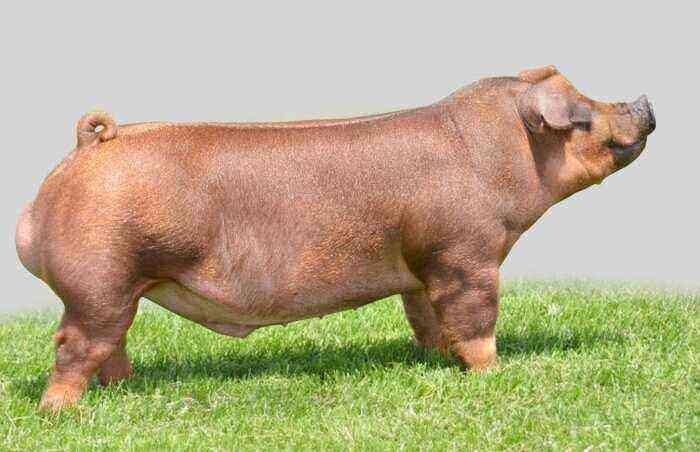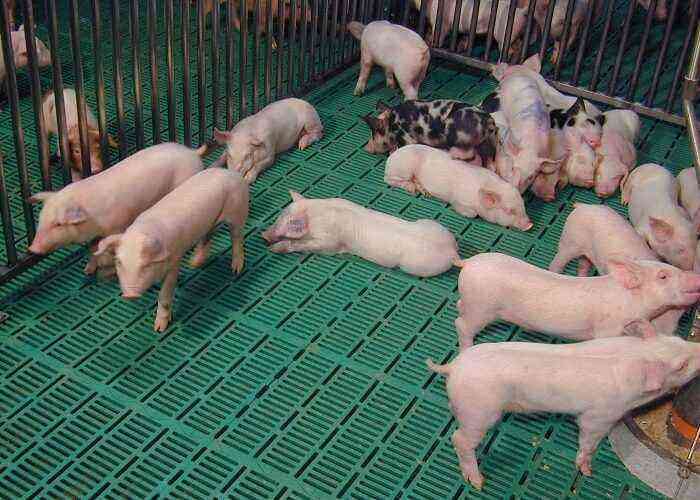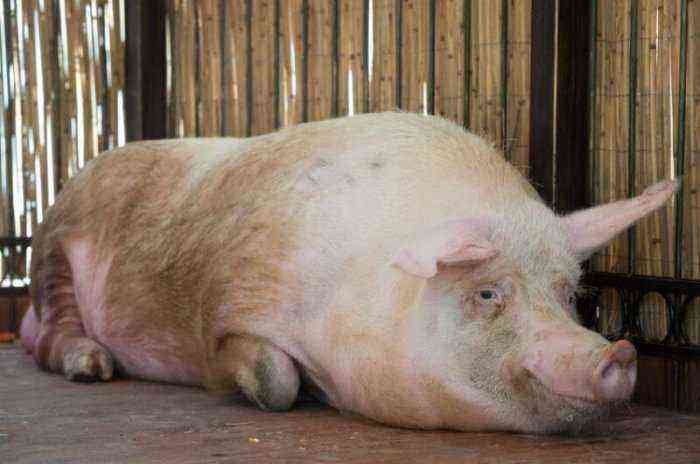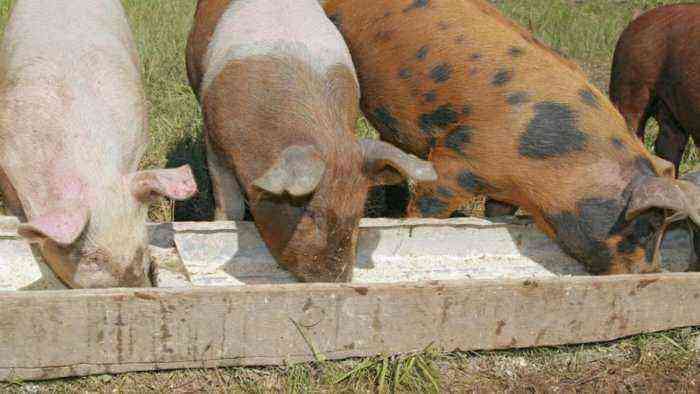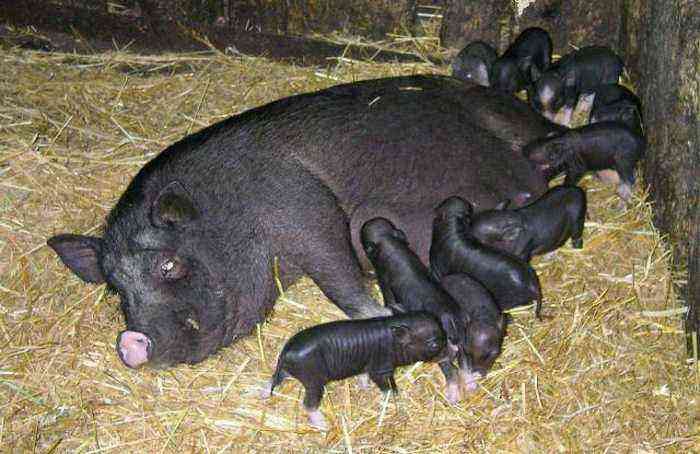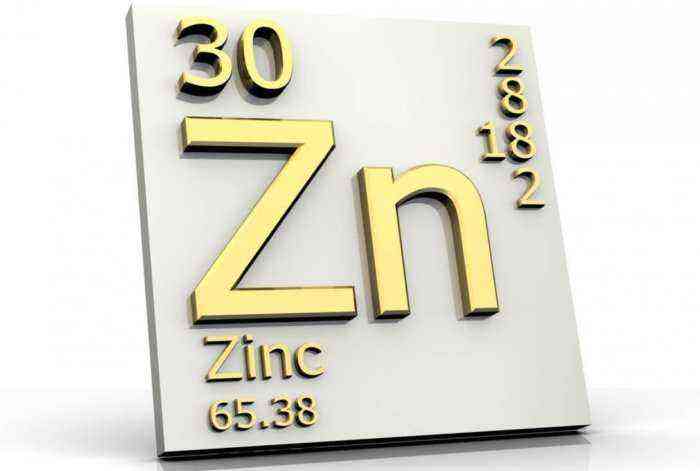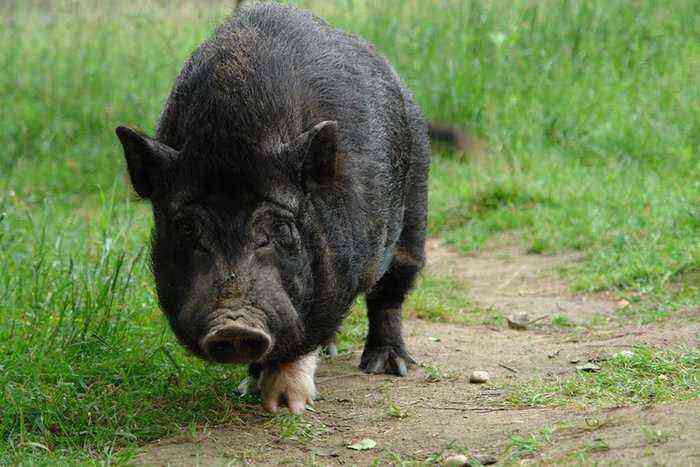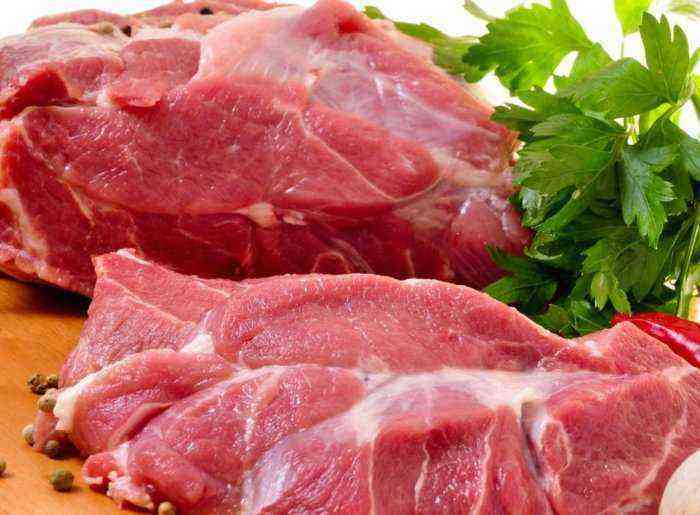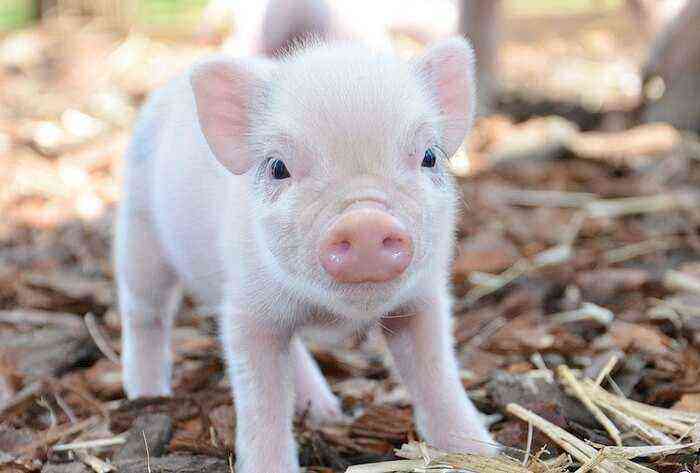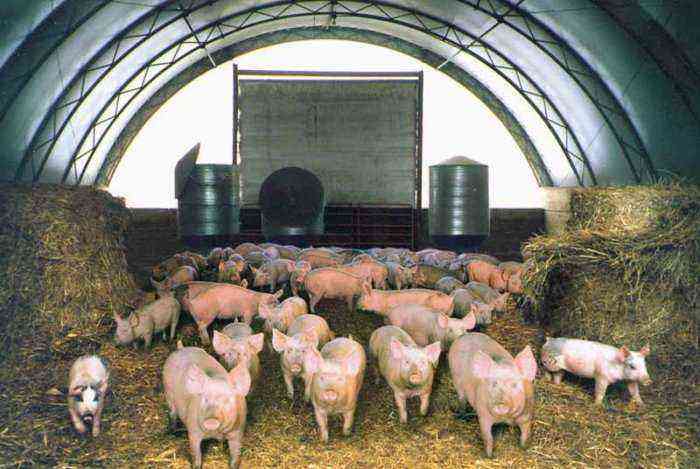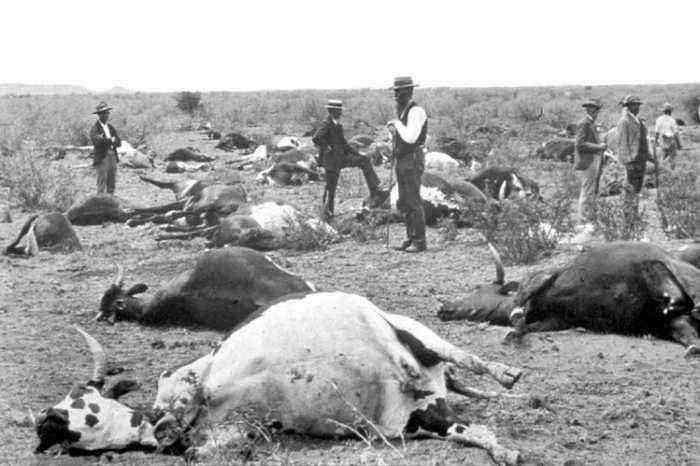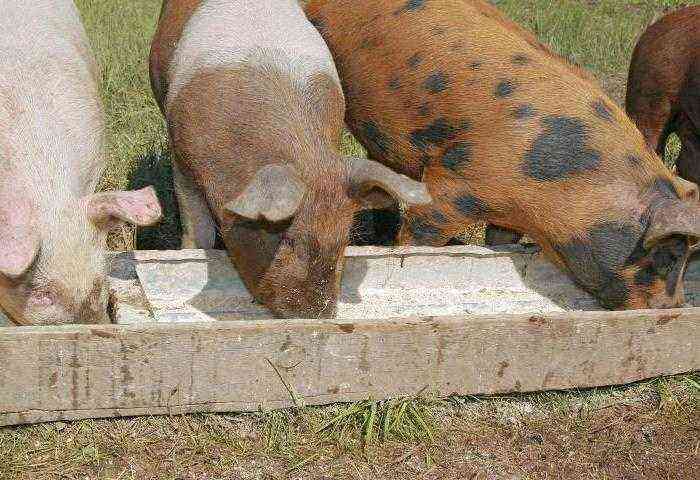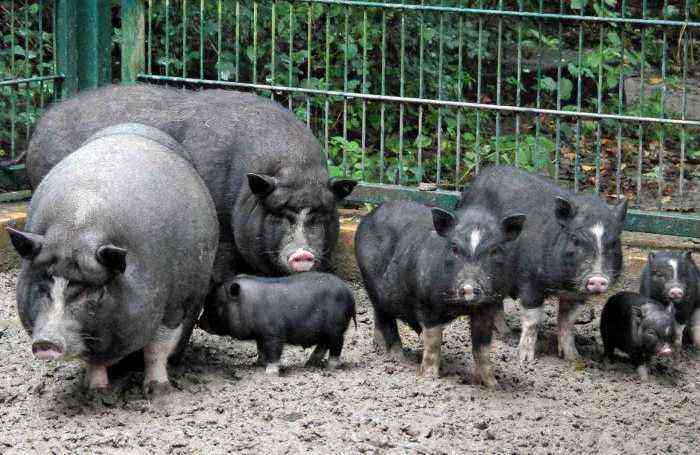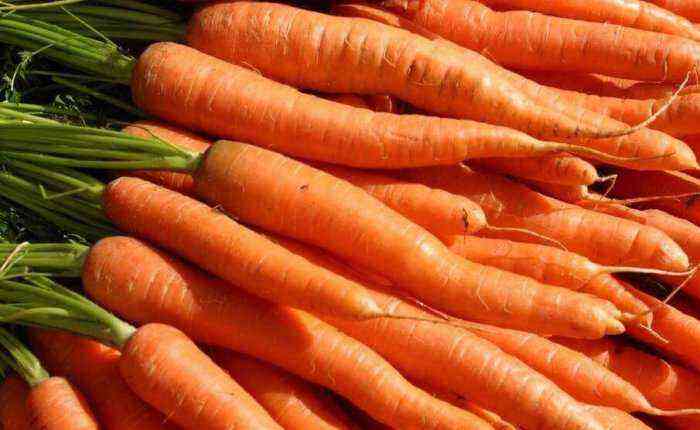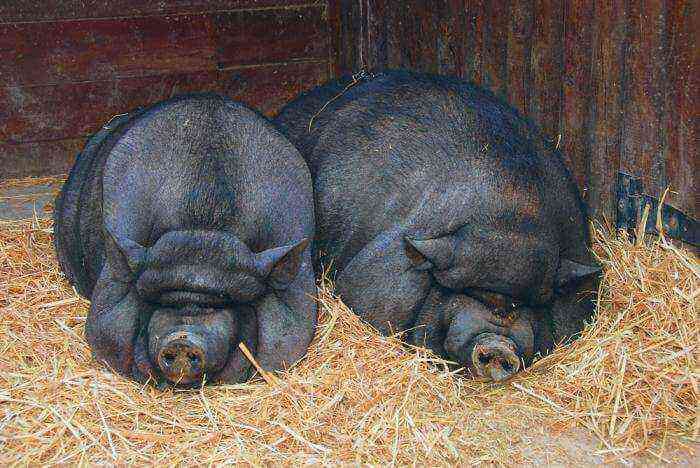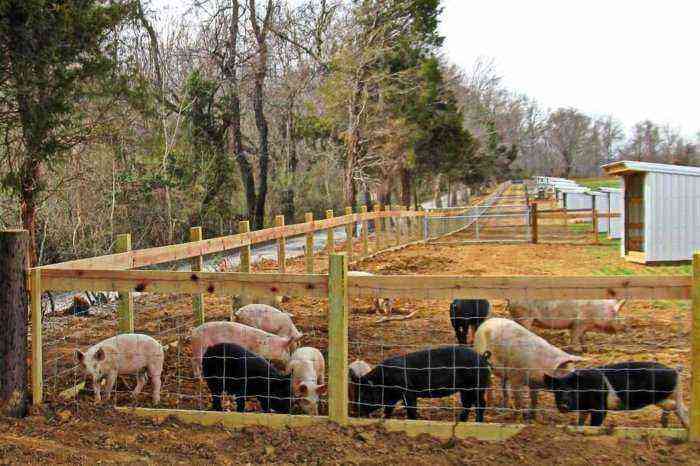Every pig farmer must know how to properly butcher a pig carcass. This will allow you to get a much greater yield of meat, not spoil it in the process, and also save money that would have to be spent on the services of a cutting master. Of course, this procedure requires some experience and skill, but having a high-quality theoretical base, it will be much easier to cut a pig correctly.
Scheme of cutting pork
Preparation for cutting (bleeding the carcass)
The first and one of the most important moments when cutting a pork carcass is draining excess blood. This procedure can be neglected only if the meat will be used immediately after slaughter. If the breeder plans to sell or store the meat product for a certain time, bleeding is mandatory. Such an event will increase the shelf life and make the appearance of the pulp more attractive.
Blood draining is usually done while the pig is still alive. After slaughter in the heart, it will be much more difficult to carry out such a process and this may affect the taste of the meat. Bleeding is carried out taking into account the following points:
- It is best if the animal is unconscious before the start of the procedure.
- The carcass is hung by the hind limbs or laid on its side. This will improve blood flow.
- Intense blood flow is formed if the carotid artery and jugular vein are cut in the pig’s neck. This is done with a sharp knife in one motion.
- If the blood is to be further used for culinary purposes, it is collected in vats, bowls or buckets. If there is no need for it, they simply pour it onto the ground.
- If the animal was still killed in the heart, the blood will have to be scooped out manually. To do this, the chest is opened and all the accumulated blood is taken from it with a special scoop. After that, the clots are removed from the ribs.
After bleeding is completed, singeing of the skin should be carried out immediately. It is best to use a gas burner for this. Next, the top burned layer of skin is scraped off.

singe skin
It is very important before butchering a pig carcass to decide on the final purpose of meat and fat. Home use, smoking, processing, product sales require their own way of cutting. And if it is not observed, individual pieces can be spoiled.
And the last thing to do is to prepare the place where the cutting will be carried out. At home, most often the pig is butchered on the ground immediately after slaughter.
Reference. You can greatly simplify the process by hanging the animal by its hind legs to a strong crossbar. But this option requires a lot of free space. When the place is ready, you can proceed to cutting.
The carcass cutting process
Cutting a pork carcass, after its preliminary preparation, begins with the inside. This process involves the removal of internal organs from the body. To implement it, you will need the following tool:
- A sharp knife with a length of not more than 18-20 cm. It is used to cut soft tissues.
- Axe. It is used for cutting thick bones.
- Large knife. It is used to cut smaller bones.
- Container for collecting entrails.
After the head and the meat-and-tallow apron from the sternum are separated from the main carcass, the visceral procedure is carried out in several stages:
- Excision of the esophagus. Before cutting, it is tied at both ends with a rope. This will prevent food from entering the abdominal cavity.
- Extraction of the stomach, intestines, lungs and heart. In order to get to them, the chest is opened with an incision in the center of the sternum.
- Removal of the gallbladder. It is extremely important to extract it before the liver. Otherwise, it can be damaged and the bile will spoil the taste of the meat.
- Extraction of the liver and kidneys.
- Bladder excision. At the same stage, cutting of all internal fat is carried out.
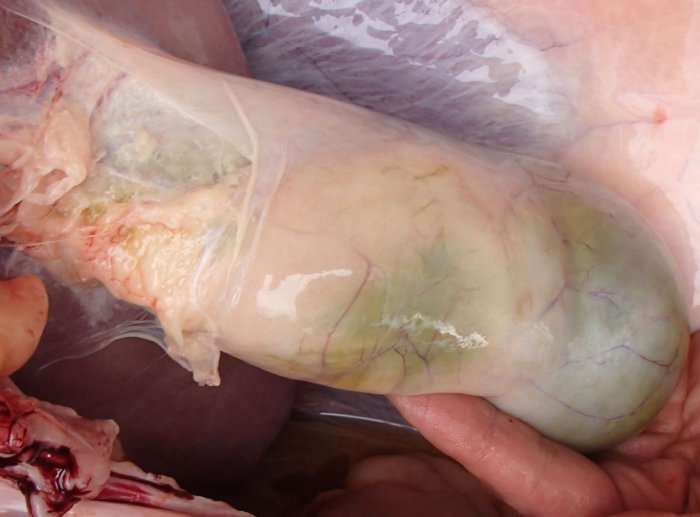
Removal of the gallbladder
At the end of the internal cavity, the entire vacated internal cavity is thoroughly wiped with paper napkins. It cannot be washed with water, otherwise the meat will not be stored.
After all the preliminary moments are over, the pig is cut into ready-made meat parts. Implement this process in this way:
- With the help of a hacksaw or an ax, the whole carcass is cut into two halves. The division is carried out, as a rule, along the ridge. After that, each half carcass is given some time to lie down and cool.
- Fat and lard are cut off from each half, placing them in separate containers.
- The brisket and loin are cut off.
- The legs, ribs, spine are separated. The limbs are separated along the line of the joint, the ridge is divided along the vertebrae.
When the carcass is dismantled into its component parts, each of them is divided into smaller pieces. Such a division is based on the chosen scheme for further cutting. At the end of it, each piece is gently wiped with a towel and determined for storage or further processing.
Scheme for cutting pork carcasses
It should be noted that there are quite a lot of schemes for cutting a pig carcass into pieces. At the same time, four traditional ones are the main ones:
- English.
- German.
- Russian.
- American.
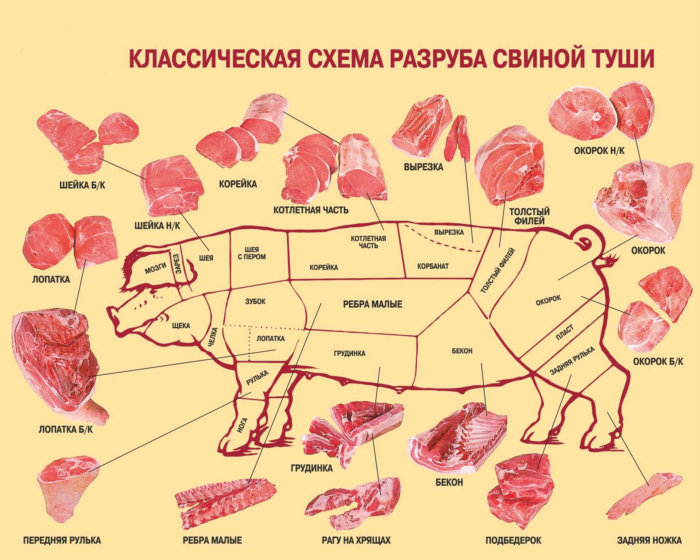
Classic cut pattern
The English scheme for cutting pork carcasses has gained particular popularity because of its simplicity. In the process of such cutting, the master receives four meat parts: back, middle part, front section and head.
The German cut is more complex. In the process of its implementation, each half-carcass is divided into 8 constituent parts. Moreover, their disassembly is based on the grade to which each piece received is assigned. The less the muscle worked in the process of life, the more tender it is and the higher the value of the meat. Accordingly, the division proceeds according to the following principle:
- The first grade includes massive and least moving parts. These are carbonate, loin (cutlet part), hind leg ham.
- The second includes the anterior section of the muscles located along the spine, as well as the sternum and fore ham.
- The third grade includes only the ventral part with layers.
- The meat products of the fourth grade include the legs of the animal and the head.
In the American cut, each half of the carcass is divided into:
- ham;
- tenderloin;
- scapular part;
- side part;
- meat piece located along the ridge;
- head.
In the future, the side is divided into bacon and ribs. The back is also disassembled into pieces suitable for specific needs.
As for the Russian cutting of a pork half carcass, it is carried out in almost the same order as the German scheme. The only difference is that a collar is added to the main parts. In this case, the leg is divided into the meat middle part and the leg itself.
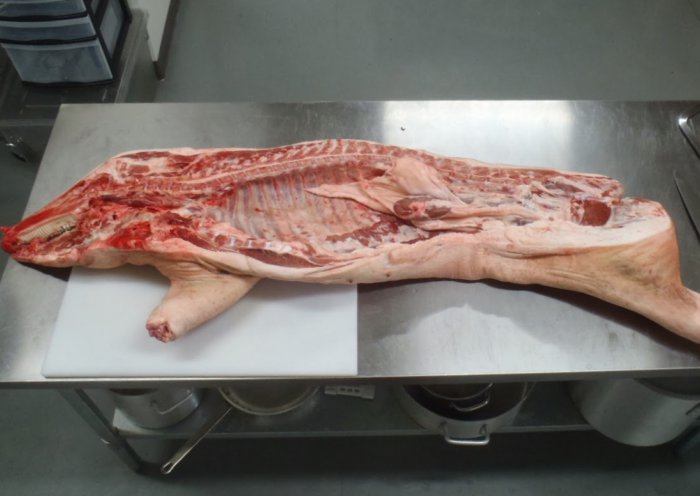
Pork half carcass
The main parts of the carcass
Various schemes for butchering a pig carcass are used to isolate specific components, depending on the most popular way to use them. Therefore, you need to clearly know the location of each part and what it is used for. In this regard, they are all divided into:
- Neck cut with shoulder blade. This section of the carcass is divided into three more parts: cervical, scapular meat, scapula with bone. The most valuable is the neck. It is suitable for any type of meat dishes. A shoulder blade with a bone is most often smoked or fried. The shoulder boneless part is used for frying and baking.
- Ham. Divided along the thigh. The upper part is used for frying and barbecue. The development of muscle tissue in the lower part is low. Therefore, it is not suitable for frying. But on its basis, jelly is often made.
- Carbonate and tenderloin. Such pieces of meat are most in demand in cooking. They are located along the ridge. Due to the fact that they practically do not strain during the life of the animal, such meat is especially tender and juicy.
- Korean. It is a piece of meat from the back and ribs. Boneless meat from this area is used for cooking steaks.
- Rump. Also applies to meat of the first grade. It is located at the end of the ridge, where the pork sacrum is located. The meat is tender and almost completely fat-free.
- Abdominal part. The ventral cut is almost entirely edible. As a rule, it is divided into flank, brisket and undercuts, which is located between them.
- Head. The cutting of the pig’s head is carried out separately. In cooking, its meat pieces are used for jelly, aspic is made from the tongue. Even the brain in the process of frying turns into a delicious dish.
- Rulka. This is the name of the lower limbs. The meat in it is quite tough and dense. Therefore, it is used mainly for jelly.
Conclusion
The complex and intricate procedure for cutting a pig is only at first glance. In the process of such work, the main thing is to follow a few simple rules and strictly adhere to the algorithm of actions so as not to spoil the taste of meat. If, in addition to this theory, you also watch the work of an experienced master a couple of times, any questions and doubts will disappear by themselves.
